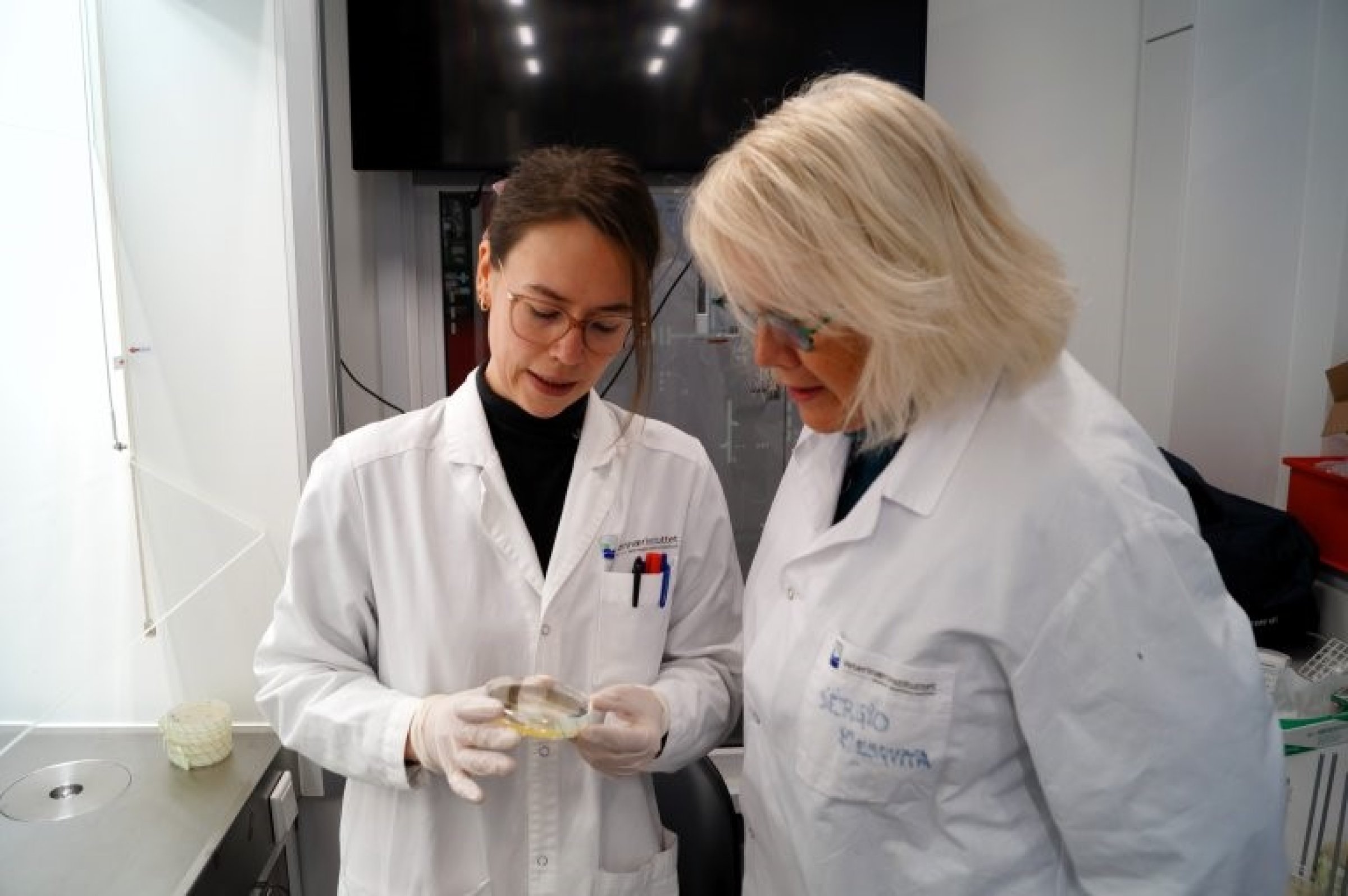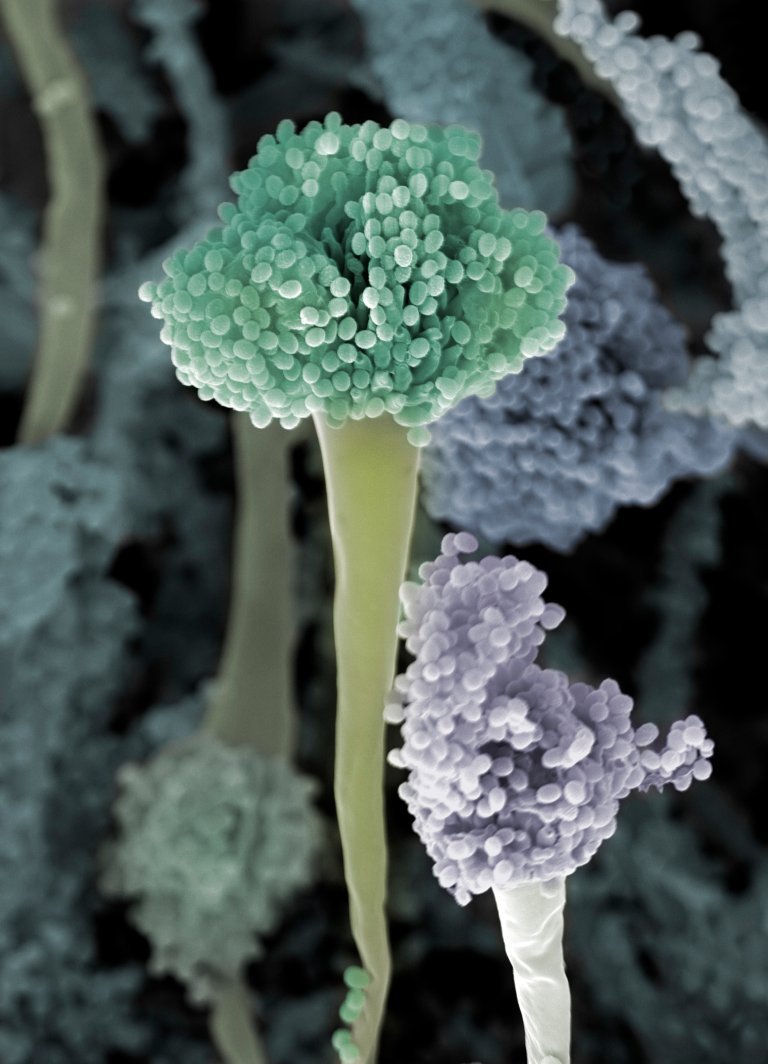
The text below is an extract from Silje Kvist Simonsen's news story for NIBIO, and is taken from their website.
Fungi can cause disease in both humans, animals, and plants. Every year, 1.5 million people die from fungal infections, and fungal attacks in food crops threaten food production. To protect ourselves, we have developed chemical agents - in the form of medicines or pesticides - that kill harmful fungi. The most effective remedy against fungal infections is a group of substances collectively known as azoles.
"It is vital that the azoles we use against pathogenic fungi have a good effect," says Ida Skaar, senior researcher at the Norwegian Veterinary Institute.
Azoles are indeed frequently used – as medicine for humans and animals, to prevent fungal diseases in food crops and on golf courses, to preserve wood, to prevent mould in flower bulbs and silage, and to preserve ornamental plants. The list is long. This frequent use causes researchers to worry because the harmful fungus develops resistance.
A little-explored topic
Antibiotic resistance is a well-known issue that raises concern among many. In comparison, fungicide resistance is a little-explored, but very relevant, topic. The World Health Organization (WHO) has, among other organisms, singled out the fungus Aspergillus fumigatus as a fungus that can pose a health threat in the future. A. fumigatus is a common fungus found everywhere, and it poses little threat to healthy people. For people with a compromised immune system, it can cause infections that need to be treated. In such cases it is vital that the medicine, which is usually based on azoles, is effective.
"A. fumigatus that is resistant to azoles is an increasing global problem," Skaar says.
"We do not know how the situation in Norway is, but with the wetter and warmer climate that we can probably expect in the future, the problem will become greater.
"Knowledge about the situation in Norway is absolutely necessary. We must be proactive and have the necessary knowledge before the problem becomes too serious. We must, among other things, know how much resistance we have, in what way the fungus develops resistance, and in which environments resistance is likely to arise (so-called hotspots).

One Health – everything is connected
Skaar leads the project NavAzole which aims to map and understand the development of azole resistance in Norway. This knowledge is needed to make wise decisions to keep the resistance level as low as possible. This requires cooperation between different sectors.
"Azole resistance concerns several sectors. We must therefore keep the One Health perspective in mind when working with it. This means that we must acknowledge the important connection between human health, animal health, and the surrounding environment. We need to consider all the application areas of azoles, and investigate hotspots for resistance development, and how resistance is spread further," the senior researcher elaborates.
